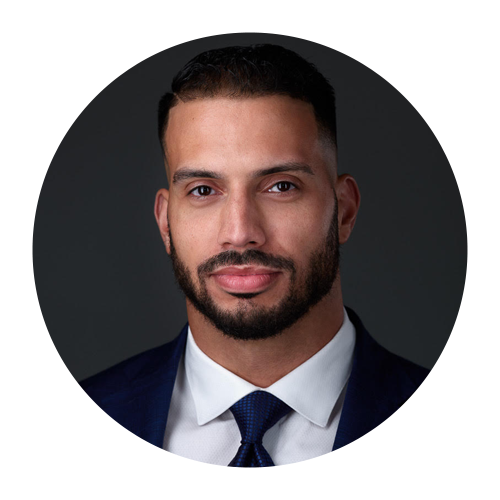Car accidents are stressful and often chaotic events. Knowing what steps to take immediately after an accident can significantly improve everyone’s safety, meet legal requirements, and streamline the insurance process. Here’s a step-by-step guide to help you navigate the aftermath of a car accident.
Step 1: Ensure Safety
- Check for Injuries: Assess yourself and your passengers for any injuries. If anyone is injured, call 911 immediately.
- Move to Safety: If the vehicles are drivable and safe, move them to the side of the road to prevent further accidents. Turn on your hazard lights to alert other drivers.
Step 2: Call the Authorities
- Call 911: Even if the accident is minor and there are no injuries, it’s important to call the police. They can provide a report, which is crucial for insurance claims.
- Follow Instructions: Follow the dispatcher’s instructions and wait for the authorities to arrive.
Step 3: Document the Scene
- Exchange Information: Collect and exchange information with the other driver(s), including:
- Full name and contact information
- Insurance company and policy number
- Driver’s license and license plate number
- Make, model, and colour of the vehicles
- Take Photos: Use your phone to take pictures of the accident scene from different angles, including:
- Damage to all vehicles
- Any visible injuries
- Road conditions and traffic signs
- Location and environment
Step 4: Speak to Witnesses
- Get Contact Information: If there are witnesses, politely ask for their names and contact information.
- Record Statements: If they agree, record their account of what happened. Witness statements can be valuable in determining fault.
Step 5: Avoid Admission of Fault
- Stay Calm and Polite: Interact calmly with the other driver and witnesses.
- Don’t Admit Fault: Do not apologize or admit fault, even if you think you are responsible. Insurance companies and police reports determine fault.
Step 6: Notify Your Insurance Company
- Report the Accident: Call your insurance company immediately to report the accident. Provide them with all the collected information and photos.
- Follow Their Instructions: Follow any instructions provided by your insurance agent.
Step 7: Seek Medical Attention
- Get Checked Out: Even if you feel fine, seek medical attention. Some injuries might not be immediately apparent.
- Document Medical Visits: Keep records of all medical visits and treatments. This documentation will be important for any potential claims.
Step 8: Keep Records
- Store Information: Keep all records related to the accident, including the police report, medical records, repair estimates, and correspondence with insurance companies.
- Organize Documents: Organize these documents in a safe place for easy access.
Being involved in a car accident is never pleasant, but knowing what steps to take immediately afterward can help manage the situation more effectively.
After a car accident, dealing with the aftermath can be overwhelming. Engaging an attorney can be invaluable in navigating the complexities of legal and insurance processes. Here’s how an attorney can assist you:
1. Legal Advice and Guidance
- Understanding Your Rights: An attorney can explain your rights and obligations following an accident, helping you understand what you are entitled to under the law.
- Providing Expert Advice: They can offer professional advice on the best course of action tailored to your situation.
2. Handling Insurance Companies
- Negotiating Settlements: Attorneys are skilled negotiators who can handle discussions with insurance companies to ensure you receive fair compensation.
- Managing Claims: They can manage the claims process, ensuring all necessary documentation is provided and deadlines are met.
- Avoiding Pitfalls: Insurance companies often aim to minimize payouts. An attorney can help you avoid common pitfalls and tactics to reduce claim amounts.
3. Proving Liability and Damages
- Gathering Evidence: Attorneys can gather crucial evidence such as police reports, medical records, witness statements, and accident scene photos.
- Accident Reconstruction: In complex cases, they can work with experts to reconstruct the accident, clearly showing how it occurred and who was at fault.
- Documenting Damages: They can help thoroughly document all your damages, including medical expenses, lost wages, and pain and suffering.
4. Filing a Lawsuit
- Legal Representation: If settlement negotiations fail, an attorney can file a lawsuit on your behalf and represent you in court.
- Handling Litigation: They will manage all aspects of litigation, from pre-trial procedures to presenting your case to a judge or jury.
5. Maximizing Compensation
- Calculating Damages: Attorneys can accurately calculate the full extent of your damages, ensuring you seek appropriate compensation.
- Pursuing All Avenues: They will explore all possible sources of compensation, including insurance policies and potential third-party claims.
By maximizing your compensation and reducing the stress associated with the claims process, an attorney ensures your rights are protected and helps you focus on what matters most – your recovery.
If you’ve been involved in a car accident, consider consulting with Calderon Legal Group. We have been assisting individuals in Houston for years. Our legal team possesses the skills and resources needed to navigate the intricate process of Motorist claims. Let us fight for you—call (832) 261-5500 to speak with a car accident lawyer today.


